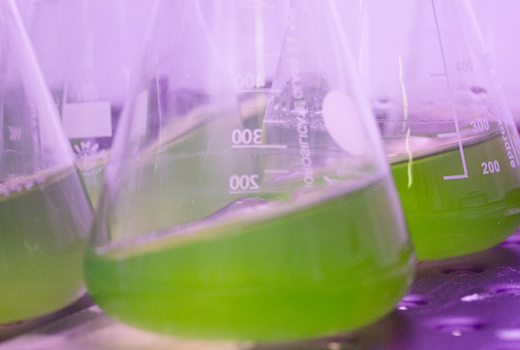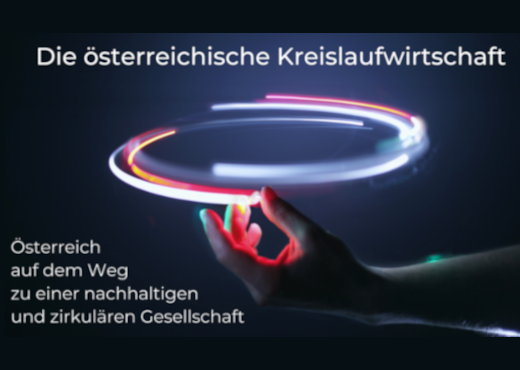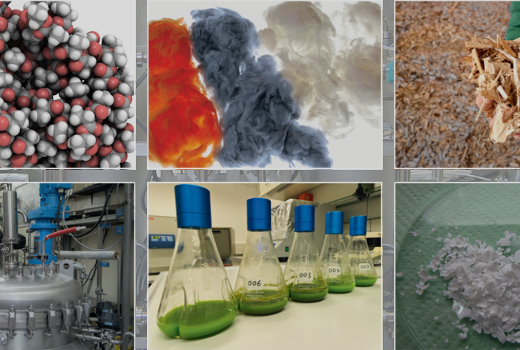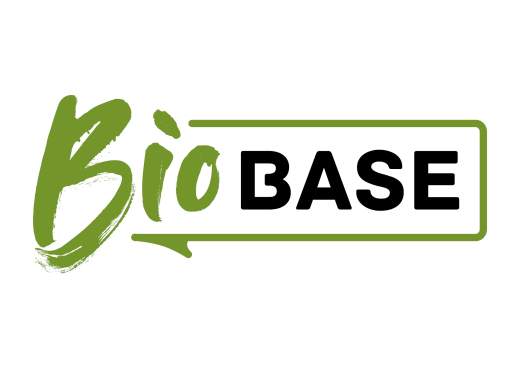The current global consumption of resources far exceeds the earth's ability to regenerate. If everyone lived and worked the way we do in Austria, we would need 3.7 planets to cover this resource consumption. Due to the still dominant linear economic system, valuable resources are being lost as supposed "waste".
In contrast, a circular economy considers resources throughout their entire life cycle. With the adoption of the Austrian Circular Economy Strategy in 2022, the path to a sustainable and circular society and economy has been defined.
Production is a central part of the value creation process and therefore also of the circular economy. The manufacturing of material goods is the largest economic sector in Austria and, with a gross value added of around 68 billion euros (19% of GDP), contributes significantly to national economic output. However, it is also associated with enormous consumption of resources and high emissions: the industry and energy sectors (including emissions trading) are responsible for around 44% of national greenhouse gas emissions.
In order to preserve our means of livelihood for future generations, social and economic transformation is essential. For this reason, "Circular Economy and Production Technologies" was defined as an RTI priority in accordance with the mission-oriented innovation policy.
In line with common goals in research, technology and innovation, measures are implemented here that are anchored in various national funding initiatives and contribute to the mission "Austria on the way to a sustainable and circular society".
The five central objectives of the RTI focus area Circular Economy and Production Technologies KLWPT are:
- Optimising use of resources
- Intensifying product utilisation
- Closing material cycles
- Increasing technological sovereignty
- Ensuring resilient companies in Austria





